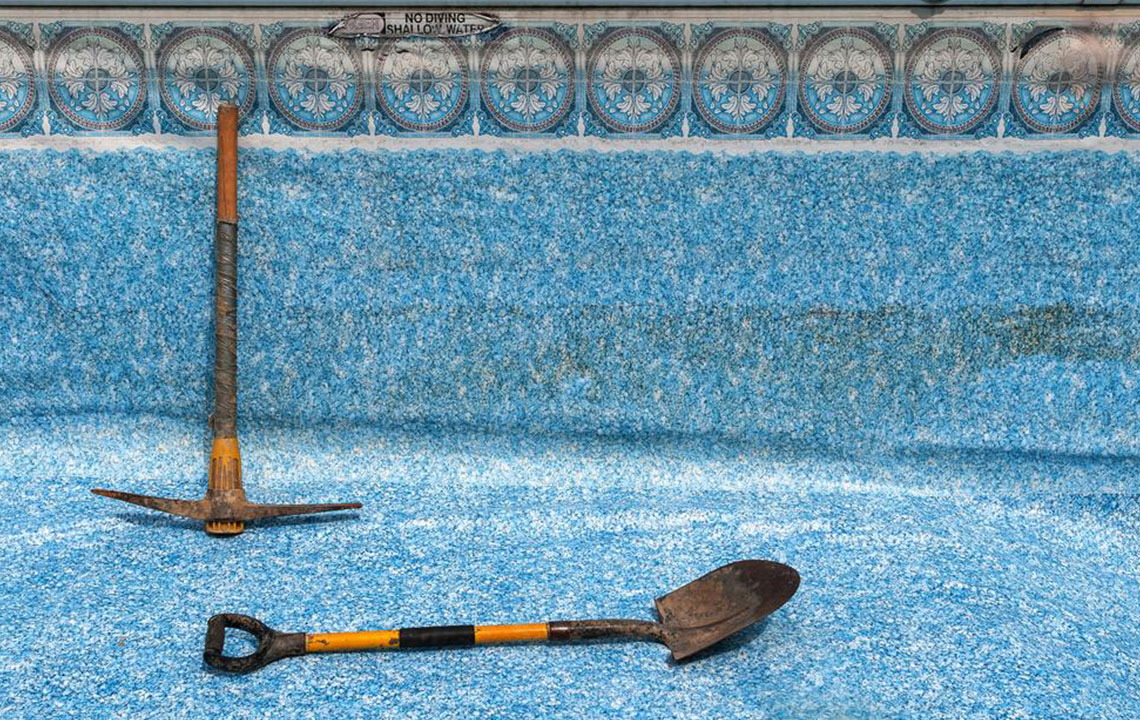Types of above ground pool liners
Above ground pool liners have changed with due course of time. A couple of decades ago there was only one type of pool liner and they came only in one type of color other than solid blue.
Today there are a variety of above ground pool liners. They come in different colors and patterns. Here is a brief description of some types of above ground pool liners.
Overlap liners
Overlap liners are set in the pool when any excess liner hangs over the wall.

Advantages of overlap liners
One of the major advantages of overlap liners is that they are slightly less expensive than their counterparts. An above the ground pool liner has a deeper center and requires more surface area to be covered by the liner.
J hook liners
J hook liners have thick piece of vinyl at the top that is U shaped. It is designed in such a way that it hooks at the top of the wall so the rest of the liner hangs down. This arrangement covers the inside of the pool.
Unibead liners
Unibead is short for universal bead pool liners. It has the same thick vinyl that is U shaped at the top of the liner. The unibead is designed for both Unibead and the J hook type. When using a unibead liner as beaded liner, you are required to make a small cut and tear off the U-shaped vinyl all the to the top of the liner.
Beaded liners
Beaded liners are called so because these liners have a thick bead of vinyl at the top of the liner. The arrangement fits into a track and the liner then hangs down into the pool. Thee bead tracks are usually available in four-foot pieces and they can vary easily attach to the top of the pool’s wall. Once the tracks are on the wall, the beads can be fed to the liner along a channel.
Expandable liners
Expandable liners are not expandable than any other type of liner. As they are made with the exact same vinyl material as the other liners. The only difference is that regular overlap liners are made of 60 of vinyl and expandable liners are made out of 72 of vinyl material.




